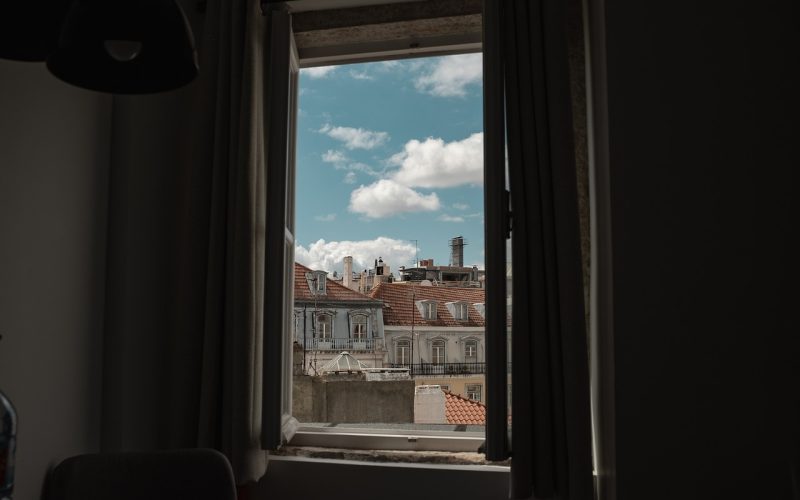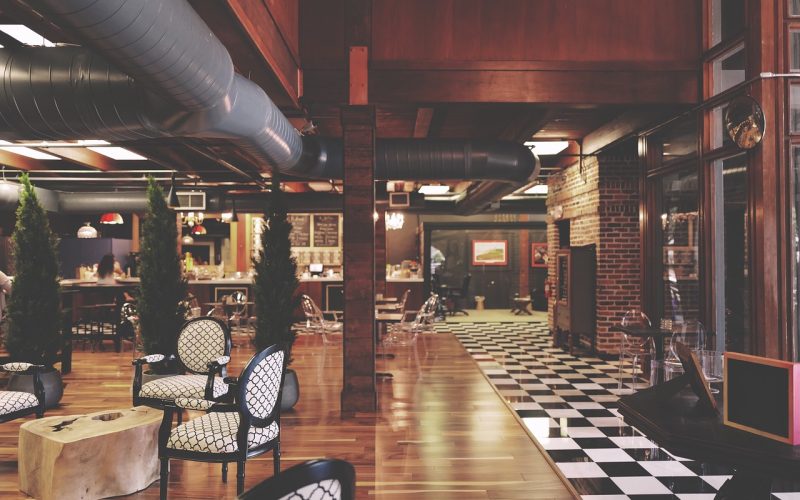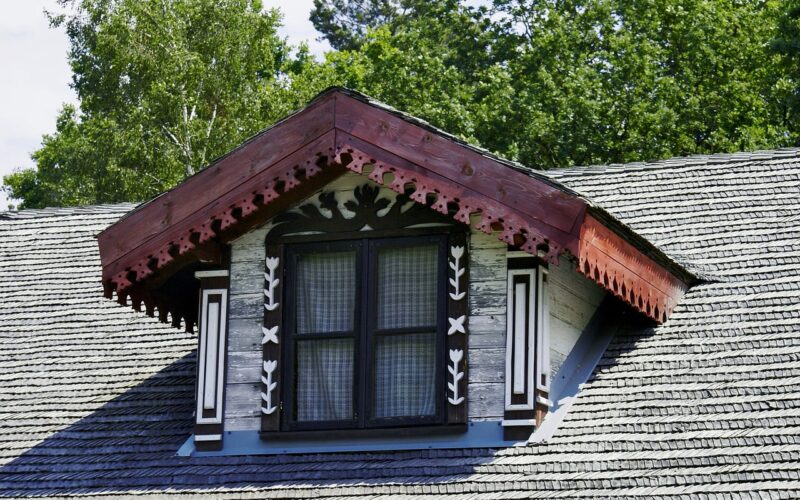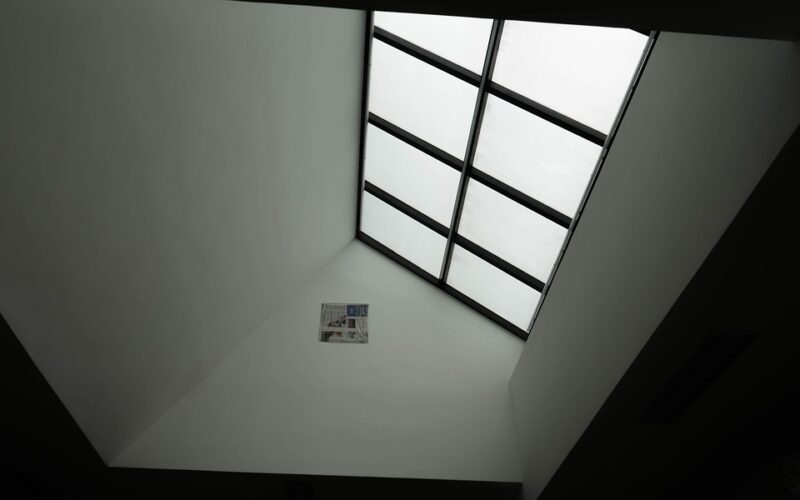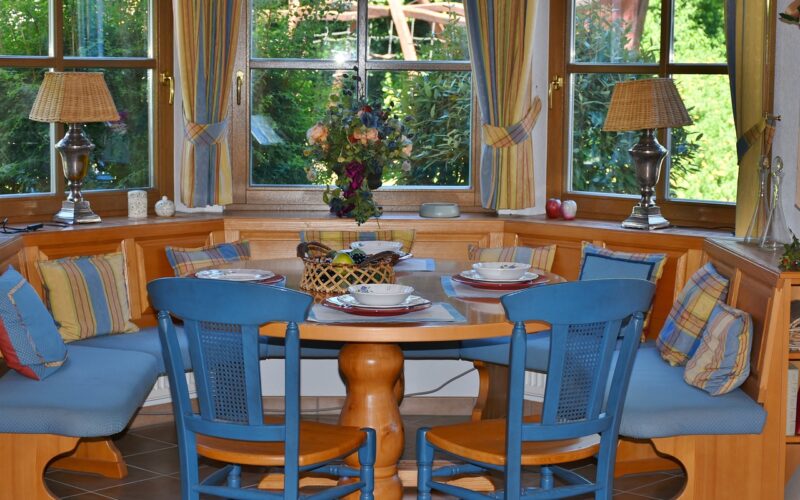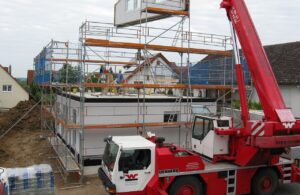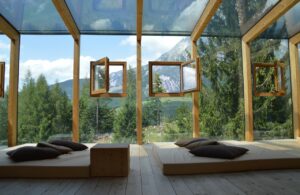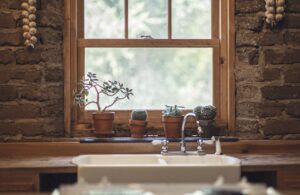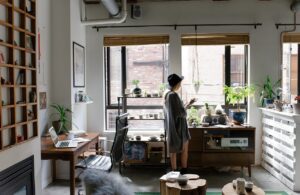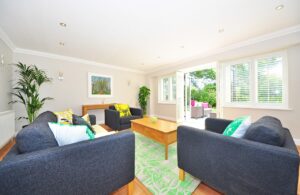In recent years, there has been growing concern over the impact of our built environments on health and wellbeing. One such issue gaining attention is Sick Building Syndrome (SBS), a condition affecting occupants of certain buildings, particularly those with poor ventilation and artificial lighting. This syndrome is associated with a range of symptoms, from headaches and dizziness to respiratory issues and skin irritations. Although SBS is not yet fully understood, its implications are significant, impacting not only individual health but also productivity and quality of life in professional settings.
What is sick building syndrome?
Sick Building Syndrome refers to a situation where occupants of a building experience acute health or comfort-related issues that appear to be linked to time spent in a specific building. The symptoms often diminish once the individual leaves the building or spends adequate time away from it. Unlike other building-related illnesses, SBS does not have a specific cause or identifiable illness; rather, it is characterised by a collection of symptoms that can affect multiple systems of the body.
Causes of sick building syndrome
There are several potential contributors to SBS, including inadequate ventilation systems, poor indoor air quality, and exposure to chemical contaminants from building materials or cleaning products. Modern buildings, especially those constructed with energy efficiency in mind, often have sealed windows and rely heavily on mechanical ventilation systems. While these features conserve energy, they can also lead to poor air circulation and an accumulation of indoor pollutants. Additionally, the presence of volatile organic compounds (VOCs) from paints, carpets, and office equipment can exacerbate symptoms.
The role of lighting in sick building syndrome
Lighting is a crucial factor in SBS, particularly the lack of natural light. Natural light is essential for maintaining our circadian rhythms, which regulate sleep-wake cycles and affect mood and cognitive function. Insufficient exposure to natural light can lead to disruptions in these rhythms, resulting in symptoms such as fatigue, irritability, and difficulty concentrating. In work environments where artificial lighting predominates, employees may experience increased stress levels and lower productivity, highlighting the importance of integrating natural light into building designs.
Health impacts of sick building syndrome
The health effects of SBS can be broad, affecting both physical and psychological wellbeing. Common symptoms include headaches, eye, nose, or throat irritation, dry cough, itchy skin, dizziness, and difficulty concentrating. Over time, these symptoms can contribute to chronic stress and anxiety, ultimately lowering the overall quality of life for those affected. In severe cases, prolonged exposure to an impaired environment can lead to more serious conditions such as asthma or other respiratory illnesses.
Economic and productivity consequences
The implications of SBS extend beyond individual health, impacting organisational productivity and economic outcomes. Employees experiencing SBS symptoms may have reduced concentration and efficiency, leading to decreased work output and increased absenteeism. This can result in significant financial costs for businesses, including lost productivity and increased healthcare expenses. Addressing SBS proactively can mitigate these costs while improving employee morale and satisfaction.
Mitigating the effects of sick building syndrome
Addressing the causes of SBS requires a multi-faceted approach, focusing on improving indoor air quality and increasing access to natural light. Regular maintenance of HVAC systems is essential to ensure proper ventilation and reduce the build-up of pollutants. Utilising air purifiers and selecting low-VOC materials can also help minimise exposure to harmful chemicals. Furthermore, incorporating design elements that maximise natural light, such as large windows or skylights, can improve occupant wellbeing and productivity.
Understanding the detrimental effects of Sick Building Syndrome is vital for creating healthier, more productive environments. By prioritising indoor air quality and the integration of natural light, building managers and designers can significantly improve the health and comfort of their occupants, ultimately enhancing both personal wellbeing and organisational success.
